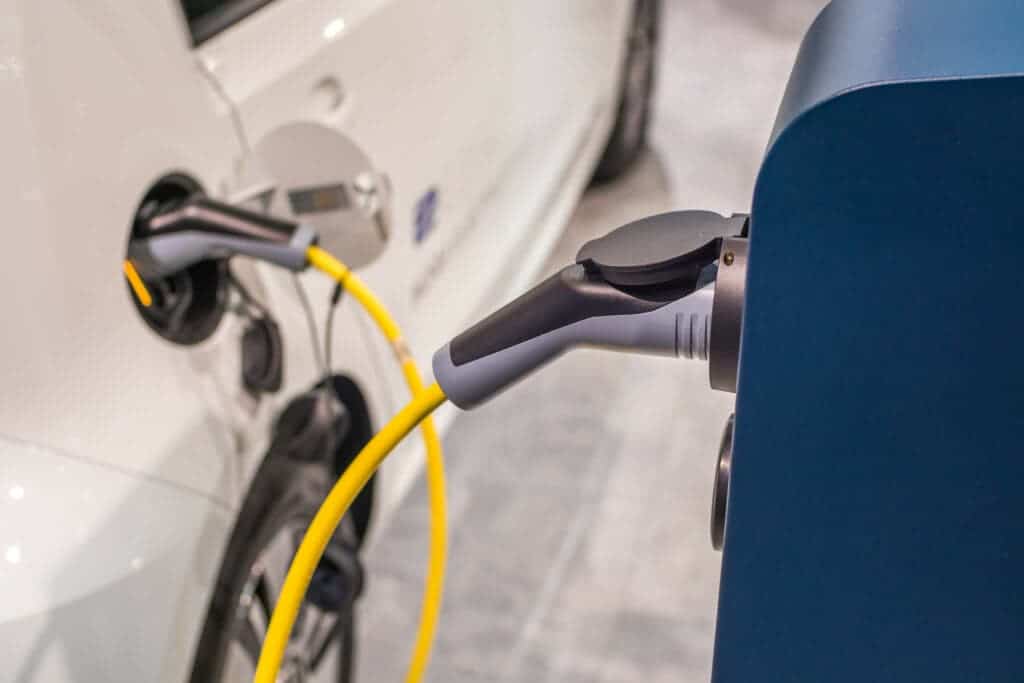Researchers in China have shuffled lithium-ion particles to more evenly distributed them inside batteries and as a result electric cars could be charged to 60% capacity in just 6 minutes. Unlike previous fast-charging optimizations, this new configuration does not affect energy storage.

The most important properties of rechargeable lithium-ion batteries, such as energy density and charging time, are determined by the electrochemical and kinetic properties of their constituent materials, as well as by their underlying microstructure. Researchers at the University of Science and Technology of China in Hefei and colleagues focused on the latter.
In order to provide a solid structure, lithium-ion batteries typically employ binding agents that glue together particles inside the device. The drawback is that the particles inside this thick battery are randomly distributed, which limits charging time. There have been attempts to distribute particles in a more orderly fashion (which speeds up the charging time somewhat ) by employing thinner battery fluids but at the cost of battery life.
Now, researchers in China used copper particles and copper nanowires to organize particles inside lithium-ion battery anodes more uniformly, both in terms of particle size and the gaps between them (the porosity). The improvement was substantial, with lab tests showing the optimized battery could charge to 60% capacity in 5.6 minutes and to 80% in 11.4 minutes — all without sacrificing energy storage. By contrast, it takes around 30 minutes to charge a Tesla EV to around 80% in a Supercharge station and up to 12 hours when plugged into typical charging stations and home plugs, so we’re talking a major improvement.
Quick charge
When the battery is low, charging takes place faster but gradually slows down as the battery becomes more full. Around the 50% mark, you start to get diminishing returns, and the rates diminish more and more as you get towards 100%. In fact, manufacturers generally recommend not charging to 100%, unless you really need the range, but rather aim for 80% to avoid the wear and tear that come with charge rates.
Electric cars are already cheaper to run throughout their lifetime and are much more environmentally friendly. Fast charging time is one of the key performance indicators that EV buyers are interested in. So-called ‘range anxiety‘ is stopping many people from switching to electric but if charging time was reasonably close to filling up a full tank at a gas station, the market would very likely shift quickly towards EVs.
Tesla’s Supercharger network is a great example of a decent compromise, although the company may have grown too successful for its good in recent years, making it difficult to find free Supercharging points in some of the busiest cities. Elsewhere, companies like China’s NIO have introduced battery-swapping stations in which your car’s spent battery is replaced with a full one in less than 5 minutes.
Having a faster-charging battery by design, in conjunction with things like battery swapping, could significantly accelerate the industry’s transition towards a 100% electric fleet. However, the copper and copper nanowires coating on the graphite anode could significantly raise the cost of such batteries. More heating and cooling may also be necessary in order to keep the battery working in condition during hot summer and cold winter days, respectively, which further add up to cost, the researchers told New Scientist.
The findings were reported in the journal Science Advances.


